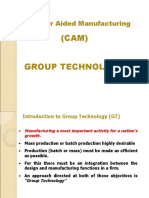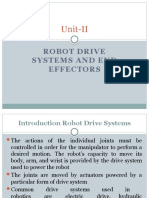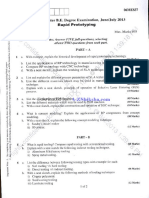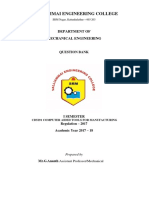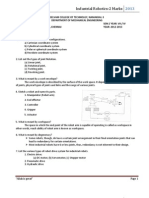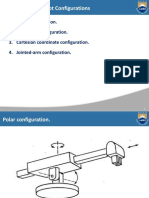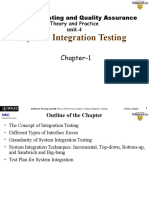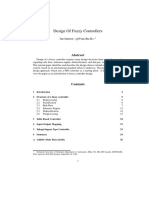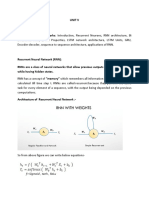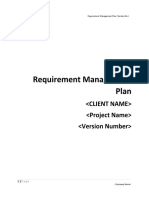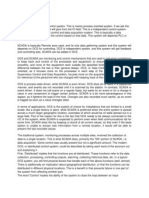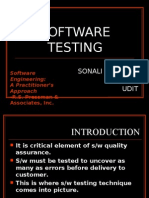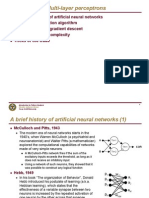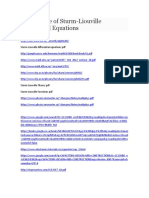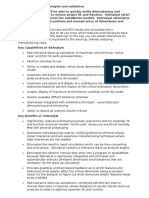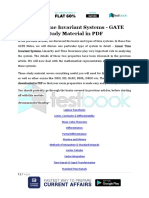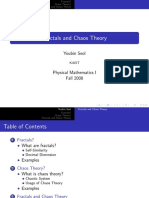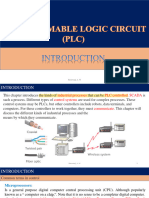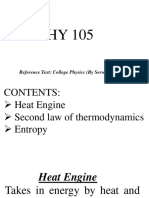100% found this document useful (1 vote)
5K views9 pagesClassification of Robots Based On Control Methods.
Servo control uses closed-loop feedback to precisely control the position, velocity, and other variables of each robotic joint during motion. There are two main types: point-to-point control, where only the end points are programmed and the path is computed by the controller; and continuous path control, where the entire motion path is controlled via closed-loop feedback. Robot programming is typically done either online using a teach pendant or lead-through programming, or offline using robot programming languages or task-level programming.
Uploaded by
Nani KumarCopyright
© © All Rights Reserved
We take content rights seriously. If you suspect this is your content, claim it here.
Available Formats
Download as PDF, TXT or read online on Scribd
100% found this document useful (1 vote)
5K views9 pagesClassification of Robots Based On Control Methods.
Servo control uses closed-loop feedback to precisely control the position, velocity, and other variables of each robotic joint during motion. There are two main types: point-to-point control, where only the end points are programmed and the path is computed by the controller; and continuous path control, where the entire motion path is controlled via closed-loop feedback. Robot programming is typically done either online using a teach pendant or lead-through programming, or offline using robot programming languages or task-level programming.
Uploaded by
Nani KumarCopyright
© © All Rights Reserved
We take content rights seriously. If you suspect this is your content, claim it here.
Available Formats
Download as PDF, TXT or read online on Scribd
/ 9












